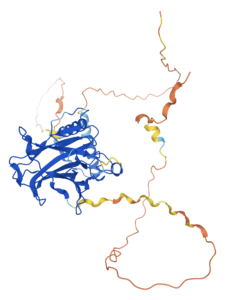COAST to coast – contemplating key Stage III trials in NSCLC
With regards to today’s focus on a phase 2 randomised controlled trial (RCT), it is an intriguing development to be thinking about because usually it is phase 3 trials which tend to be rather controversial and generate a lot of reader questions. This especially true when it’s a negative study and people want to know why, or what on earth happened?!

Between the lonely sea and sky…
It’s rare for a positive phase 2 trial to lead to more questions than any other studies being presented at a given cancer conference.
I must admit this was probably my favourite data of the ESMO meeting because it offers plenty of possibilities and also broader encouragement for the field when you consider how many studies have tried to manipulate the tumour microenvironment and not succeeded.
Between the current readout and the forthcoming pivotal phase 3 trial, however, lie a number of key questions which need to be addressed, as well as plenty of subtleties and nuance to think about carefully.
So what’s in store on the lung cancer front?
BSB subscribers can read up on our latest commentary and analysis from the ESMO conference, including expert opinions and reactions – you can log-in or click to access our latest analysis.
This content is restricted to subscribers



 When it comes to targeted therapies, far too many external observers do not ‘see’ beyond the pretty scenery.
When it comes to targeted therapies, far too many external observers do not ‘see’ beyond the pretty scenery.
 As we continue our review and discussion of early new product developments at ESMO this year, it’s time to turn our attention to some IO based agents, either along or in combination with other approaches.
As we continue our review and discussion of early new product developments at ESMO this year, it’s time to turn our attention to some IO based agents, either along or in combination with other approaches.



